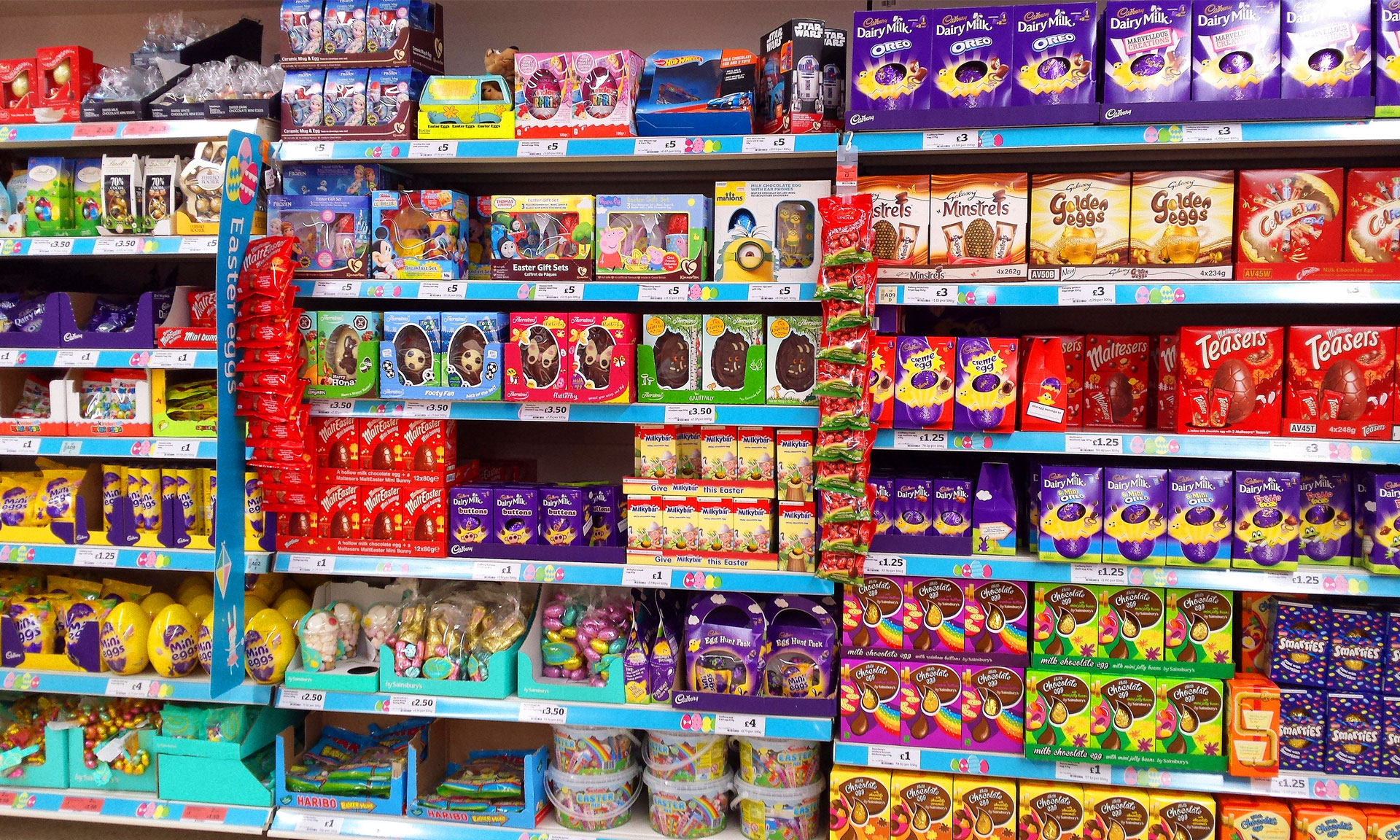
- Commodities
Confectioners try to cope with the cocoa crisis
Do you want to know how to make money from this?
Register for free and get expert advice, access to a training course and webinars.
Key points:
- Cocoa bean prices have tripled in a year, and West Africa’s cocoa bean harvest is falling.
- US Easter candy sales are expected to reach $5.4 billion as manufacturers cut back on chocolate products.
- Most likely, the upward trend in chocolate prices will continue.
Due to rising cocoa prices and declining purchasing power for chocolate products, confectionery manufacturers such as Hershey, Mondelez and others are changing their strategy for Easter. Instead of traditional chocolate Easter offerings, they’re focusing on non-chocolate treats—like cookies and cream bunnies.
Cocoa crisis
Prices for cocoa beans, a key ingredient in chocolate, have tripled in the past year. This is facilitated by the progressive failure of the cocoa bean harvest in West Africa, which leaves no hope for a quick relief of the situation for producers. Sugar prices also increased by 7%.
Plans for Easter 2024 were formed by chocolate manufacturers last year, and now they are announcing a new price increase to compensate for the crisis in the cocoa market. An additional factor negatively impacting profitability is the expiration of hedges that protected against fluctuations in commodity prices.
However, such a price increase is not happening at the most opportune moment, since consumers, tired of inflation, are already demonstrating their unwillingness to further rise in prices.
Easter rush
Easter candy sales in the US, the world’s largest chocolate consumer, are expected to reach $5.4 billion in 2024, the same as last year. However, according to the National Confectioners Association, this result will not be driven by increased sales volumes, but solely by higher prices.
Easter ranks third on the list of the most significant events for the US confectionery industry, second only to Halloween and winter holidays.
Sales of consumer chocolate and candy fell 3.6% in 2023 compared to 2022, according to the National Confectioners Association. At the same time, sales of seasonal confectionery products, such as Easter ones, showed a slight increase of 0.1%.
With cocoa inflation continuing, this trend is expected to continue, according to industry experts.
In addition to its traditional chocolate bunnies, Hershey plans to introduce an expanded range of non-cocoa confectionery products to retailers ahead of Easter 2024. These will include new packages of cookies and cream, full-size Kit Kat bars with lemon chips, and assorted chocolate-covered Haribo gummy bears.
Thus, rising prices for cocoa beans influence the strategy of confectionery manufacturers, who are forced to adjust their assortment and pricing policy in the face of declining purchasing power.
Do you want to know
How to make money from the news
Register for free and get:
- Expert consultation;
- Access to the training course;
- Opportunity to participate in webinars

